When you have the correct air pressure in your tires, it can improve fuel efficiency and safety. According to the National Highway Traffic Safety Administration (NHTSA), under-inflated tires can reduce your MPG (Mile Per Gallon) as well as affect handling, stopping, and impact-crash avoidance systems. To avoid these issues and keep your tires properly inflated, stop by Les Schwab for a free monthly air check. Schedule your appointment now.
First, the correct pressure or PSI (Pounds Per Square Inch) of air inside your tires is not printed on the side of the tire. That is the maximum (cold) pressure that should not be exceeded, which can be very different from your vehicle’s recommended tire pressure.
The recommended tire pressure for your vehicle (and spare tire) is located in your owner’s manual or on the driver’s side door sticker. In many cases, it will list the pressure for both the front and back wheels when cold (first thing in the morning or before the vehicle has been driven).
Whether you’re at home or at the gas station, adding air to your tires can be quick and easy. Look for an air compressor at your local gas station just beyond the pump lanes. It may require a few quarters to run. At home, you’ll need an air compressor. In both cases, you’ll need a tire pressure gauge.
Check your tire pressure. It’s important to complete this step in the morning or when the tires are cold. This will give you an accurate reading. To check the pressure in each tire, use a tire pressure gauge. These often look like a metallic pencil with a sliding measuring device on one end and a tire valve connection on the other.
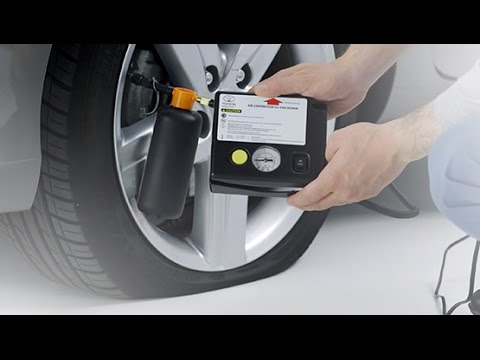
Les Schwab Tip: If you don’t have access to an air compressor or you’re not near a gas station, a bicycle pump might work in an emergency. Just be warned, it will take a lot of pumping and could ruin the bicycle pump.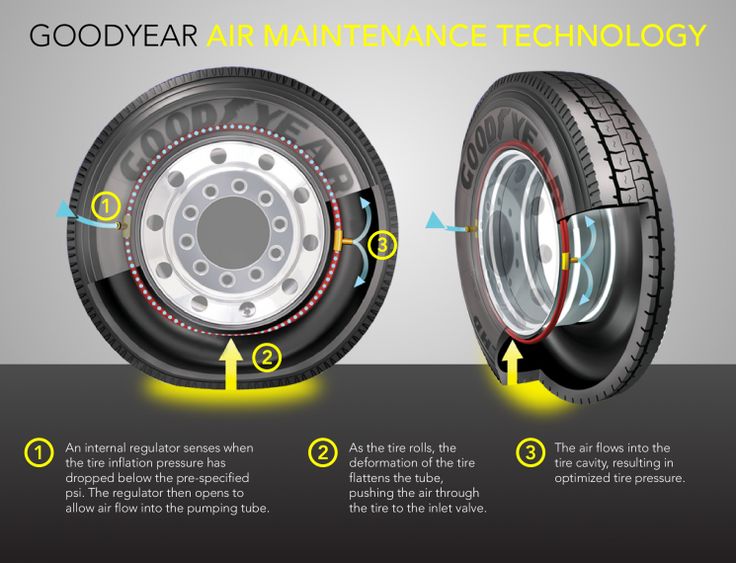
Your tires can lose one pound of pressure per month on average. Over time, those small reductions in pressure can really add up. Anytime you’re out and about, pull into your local Les Schwab and we’ll check and inflate your tires for free.
The short answer is, sometimes. For example, releasing some pressure out of your tires can give you more grip in deep snow. However, driving with low air pressure isn’t encouraged and could cause irreparable damage to the tires or even failure.
What happens if you get a flat and can’t immediately fill your tires with air? That’s when it’s a good idea to change to your spare and get to Les Schwab as soon as possible. If you drive a vehicle with run-flat tires, they are designed to give you some time to get to Les Schwab if you get a flat or experience a slight reduction in air pressure.
Pull into any Les Schwab location and our pros will perform a free air check and inflate your tires to the proper pressure.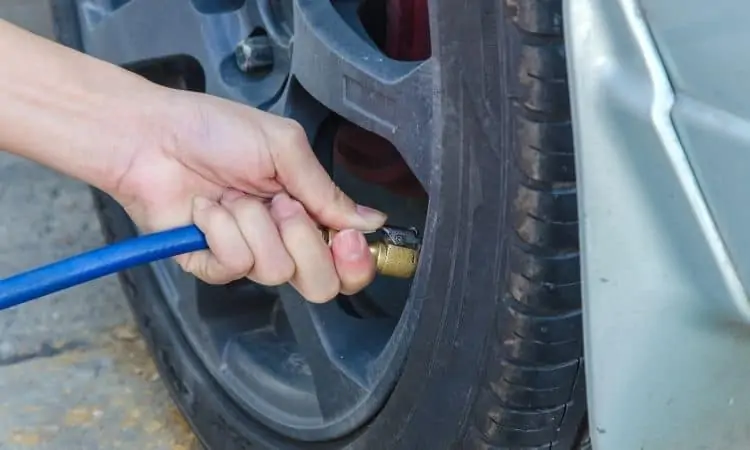 It’s just one of the many safety-minded services we’re proud to offer you and your family.
It’s just one of the many safety-minded services we’re proud to offer you and your family.
My friend told me that I need to put air in my tires since they look a little low. I haven’t done that before; how do I pump car tires at the gas station?
Shannon Martin · Answered on Nov 10, 2021
Reviewed by Shannon Martin, Licensed Insurance Agent.
Pumping your tires at the gas station can look intimidating, but don’t worry, anyone can do it! However, it is important to mention that before you add any air to your tires, you need to check your tire pressure and know the psi (pounds per square inch) of your tires.
To check your tire pressure, you will need a tire gauge; this is something you should always keep in your car. You can buy a manual one for a few dollars, but the digital kind is much easier to read and can cost less than $20.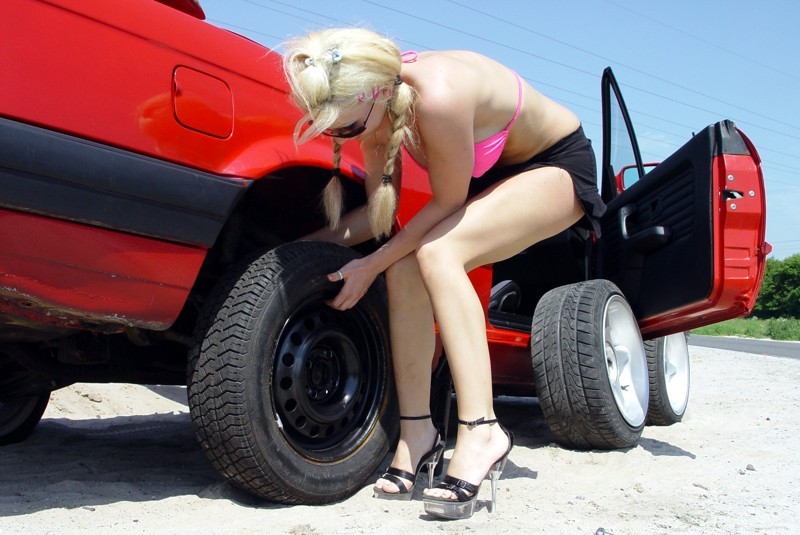
Inflating your tires is best done on a cooler day. First, look at the sticker on the inside of the driver’s side door or check the owner’s manual. It will show the recommended psi level for your vehicle; it is usually between 32-35 psi. To check the tire pressure, follow these steps:
Now you know how much more air your tires need! Next up, grab a handful of quarters and head to the closest gas station with an air compressor. Some states have free air, and some gas stations also have a tire gauge attached to the air compressors, but it’s good to prepare for any situation.
Once you get to the gas station, follow these next steps:
 It is usually about $1 for three minutes of air time.
It is usually about $1 for three minutes of air time.Learning this skill will help you down the road. However, there will be some situations where calling in a professional will be necessary. If you’re looking for roadside assistance at a great price, try Jerry. Jerry’s membership provides you with industry-leading roadside assistance, including benefits like towing, lockout service, and a mechanics hotline, all for as low as $4.16 a month.
MORE: Will insurance cover a flat tire?
Car MaintenanceCar Ownership
View full answer
WHY YOU CAN TRUST JERRY
Jerry partners with more than 50 insurance companies, but our content is independently researched, written, and fact-checked by our team of editors and agents. We aren’t paid for reviews or other content.
We aren’t paid for reviews or other content.
Car tire is responsible for driving safety and comfort. It needs to be kept in working order. This is a prerequisite for long and safe operation. Not all drivers know how to pump up a wheel, we will analyze the nuances of this work in more detail.
Tire pressure is an important parameter, it is he who is responsible for the main technical characteristics of the wheel. The car manufacturer calculates this parameter in advance and indicates it in the recommendations.
If a tire is underinflated, this will lead to increased fuel consumption in the first place. This is due to a decrease in the rolling coefficient. Uneven grip with the road surface also occurs, leading to a decrease in traffic safety, this is felt in the form of more difficult driving.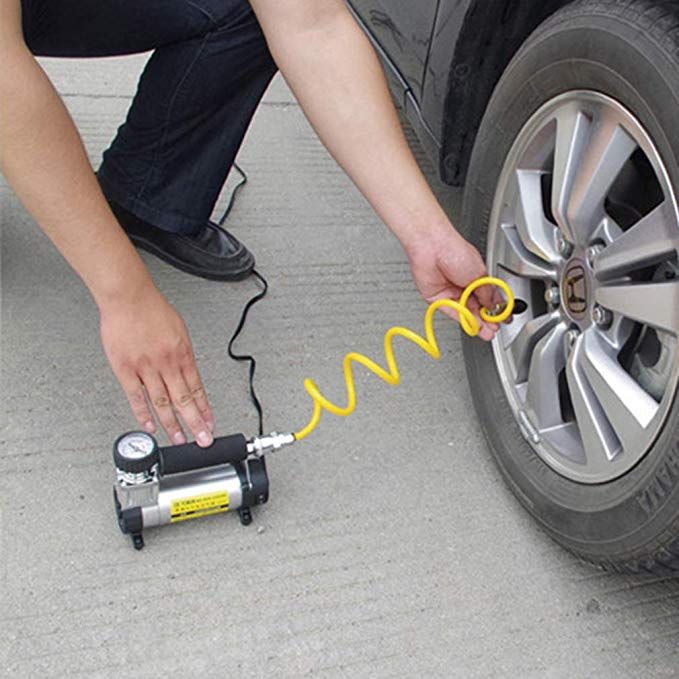 Tire wear increases, with a strong drop in pressure, the rim of the disc can cut the sidewall.
Tire wear increases, with a strong drop in pressure, the rim of the disc can cut the sidewall.
It is also not worth pumping tires. The tire will wear unevenly, the middle part of the tread will suffer. Increased pressure can provoke an explosion and complete destruction of the tire on the road. In addition, the stiffness of the wheel will increase, and the braking efficiency will decrease.
Pressure checks must be carried out at least once a month. If there are sudden changes in temperature outside, it is necessary to check the parameter every two weeks. Be sure to check the pressure before every long trip.
Visually inspect tires in the morning. If there are doubts about the quality of the pump, it is worth checking the pressure, if necessary, pump up the tire. Checking and pumping should be carried out on all wheels, different tire pressures can lead to loss of vehicle controllability.
Be sure to check the condition of the spare wheel.

Tire pressure is determined by the car manufacturer, he finds out through tests to what extent the rubber can be inflated. The data must be indicated in the documents for the vehicle.
For greater simplicity, additionally indicate the parameters on the plate. It can be found on the A-pillar of the car or on the inside of the gas filler flap. In rare cases, a plate with the main technical parameters may be on the door. It remains to find a plate on your car and see to what pressure to pump tires.
There are certain pumping rules. They include not only data on how much air to pump into the tire, but also when to do it. The main requirement is to inflate the tire only after a long parking. The tire heats up while driving. According to physical laws, temperature directly affects gas pressure. Accordingly, immediately after the stop, the indicator will not be accurate.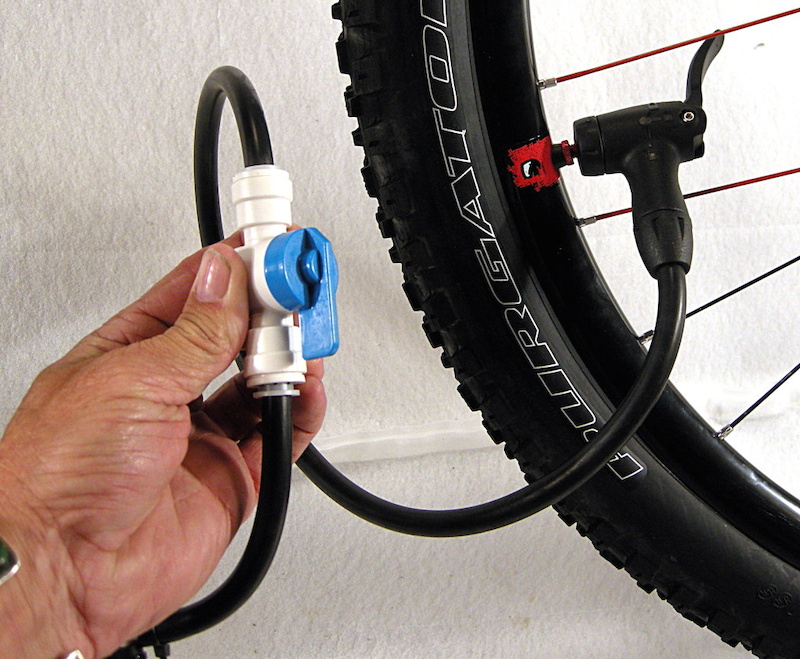
It is necessary to wait until the temperature of the air in the tire is equal to the outside. It takes 3-4 hours for this. After waiting so long, you can accurately measure the pressure. It is most convenient to do pressure measurement and pumping in the morning, after overnight parking.
Inflating a car tire is not difficult, but a beginner may have a few questions. We will analyze the stages of the process, in the end you will know how to properly pump up the wheel. To work, you will need a pump, you can use a foot or compressor. Now there are compressors that run on the cigarette lighter. If the pump does not have a pressure gauge, this device will also be needed.
Let's walk through how to inflate a tubeless tire step by step.
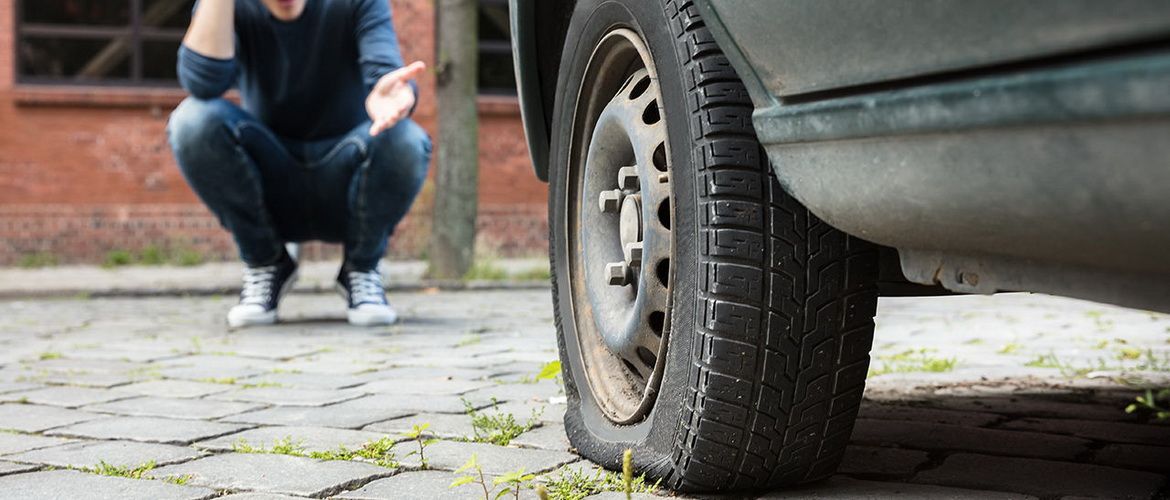 Usually the connection is made through the cigarette lighter, just insert the tip of the cord into the cigarette lighter.
Usually the connection is made through the cigarette lighter, just insert the tip of the cord into the cigarette lighter.
Further, all the described procedures are repeated on the remaining wheels, including the spare. Now the car is ready to drive.
If the pump is foot operated, all steps are the same, except for the power connection. The air supply is carried out by setting the pump piston in motion, this is done by foot.
Inflating a car tire is a simple job. This can be done by every car owner, even with no experience at all. The main thing is to know the basic rules, they are simple, it will not be difficult to fulfill them. But save time on a trip to a car service.
Author Servicing-Auto Reading 6 min Views 552 Published
There are quite a lot of problems with a seemingly simple action - tire inflation. When in tire fitting we are interested in what pressure to inflate the wheels, most look into the user manual, where the manufacturer clearly indicates the required pressure for each of the axles of the car. Everything seems to be logical, but it is precisely because of this that almost all of us drive cars with half-flat tires.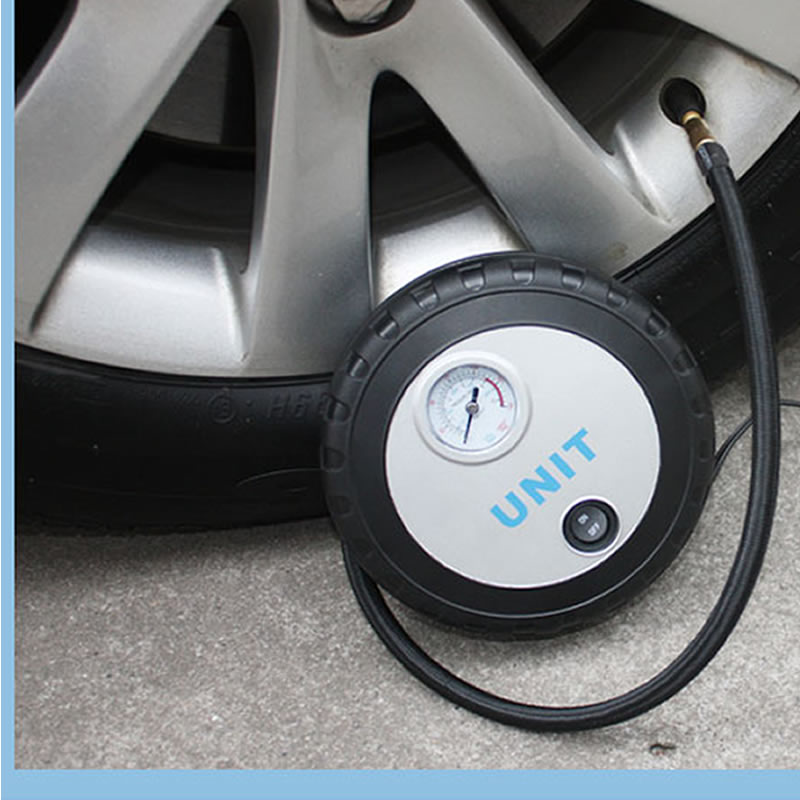
Today we will tell you how to properly inflate tires, what you should know about the right level of inflation and whether it is so important to follow all the rules that car manufacturers are so actively spreading.
Contents
in such situations. The main problem with following directions without question is that the engineers don't have a sixth sense about what kind of tires you are going to put on your car. And this fact has long haunted. It is also interesting that tire companies also give us recommendations regarding pressure, which differs depending on the purpose of the tires. It turns out that we already have three different indications, each of which, as it seems to us, is correct. Some calculate the pressure from the characteristics of their tires, others give numbers related directly to the workload of their car.
First, we'll discuss how to properly inflate tires, followed by some extremely useful tips for car enthusiasts.
Why is it so important that the tires are properly inflated? There are already enough answers to this question. To simplify everything, your safety on the road depends on the pressure in car tires. Add to this the wild fuel consumption with insufficient pressure and there will be two serious arguments in favor of a deeper interest in this topic.
If your tires are under-inflated, they can seriously impair your vehicle's handling, not only when cornering, but also on a straight road. What can we say about driving at high speed and emergency situations. The braking distance is also significantly increased. Moreover, if the pressure is low, then the sidewalls of the tires begin to experience heavy loads, which leads to their rapid wear. More loads - more heating, which means that each hole and pothole turns into a dangerous enemy of the tire, on which a hernia can pop out or a serious rupture of one of the layers can appear.
On the other hand, if your tires are properly inflated, they become firm and give good traction, even on slippery or snowy surfaces. At the same time, good fuel economy and improved interaction of the drive wheels with the car suspension are monitored. There is a noticeable difference in terms of handling. Stopping distance, with just the right approach to the issue of tire inflation, you can reduce at times.
Relentless statistics say that in the post-Soviet space today every third car has at least one tire with a low level of inflation. It is worth considering that a deviation of only 200 grams per square cm increases fuel consumption by two percent. So, we can say that every third car owner in our country spends more gasoline just because he does not know how to pump up the wheels of his car. Moreover, if at least one car tire has a pressure below one and a half kgf per square centimeter, every hundred kilometers of driving can deprive you of almost thirty liters of gasoline.
Tire experts will tell you that a good tire's normal pressure loss is 0.07 kgf/cm2 per month. If we are talking about driving in winter, then the loss occurs much faster. Cold air has a high density, so wheels with a pressure of up to two kilograms per square centimeter at -30 Celsius will begin to lose about 0.2 kgf / cm2 per month.
Let's go back for a moment to the owner's manual provided by the car manufacturer. Of course, the instruction is useful, but it should really be regarded only as a guide. The main reference point is not only the brand of the car, but also the tires that are installed on the car. So, before inflating the wheels, it is imperative to compare the tire markings with the data from the user manual. Most often, auto manufacturers immediately give the maximum minimum, recommended and maximum pressure limit at different loads. On tires you will only find the maximum pressure. Therefore, depending on driving conditions, vehicle load and weather, you need to find a "golden mean" - a pressure comparable to the recommendations of the car and tire manufacturer.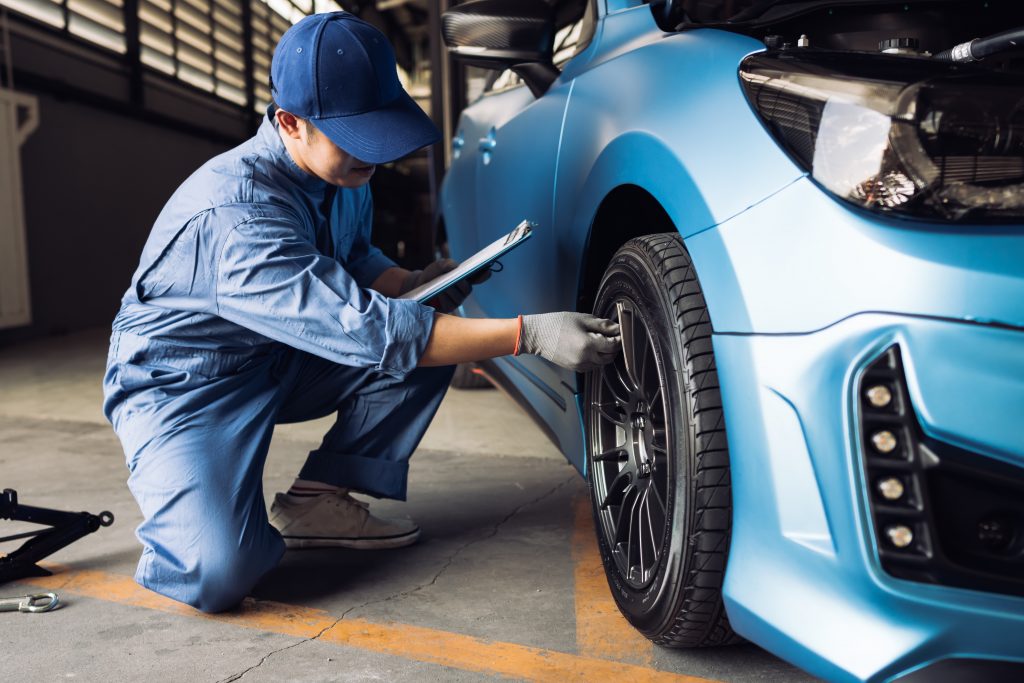
Check pressure only when tires are cold. This is very important, because during the movement, the air inside the wheel is very hot and, according to all the laws of physics, begins to expand. Getting correct data after even 2-3 kilometers of travel is a rather difficult task. In addition, checks should be done as often as possible. It is best to measure the pressure once a month. More often in winter.
An excellent solution can be a pressure control system, which is equipped with almost all new cars of the middle class that entered the market since 2009year and later. The sensors work to alert the driver when the pressure drops 20 to 30 percent below what the engineers recommend. That is, as soon as the pressure starts to drop and reaches this level, you get a signal that it's time to pump up the tires. You should not neglect such signals - at the moment, similar systems from different automakers work perfectly.
This question needs to be rephrased, because to save money you need not only to pump the wheels correctly, but also to initially choose the right type of rubber.